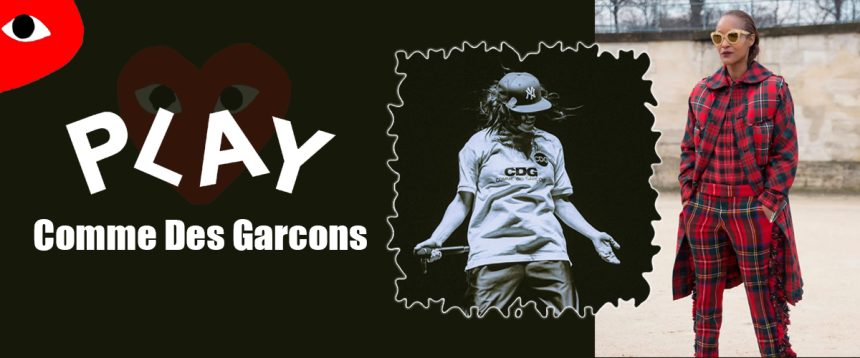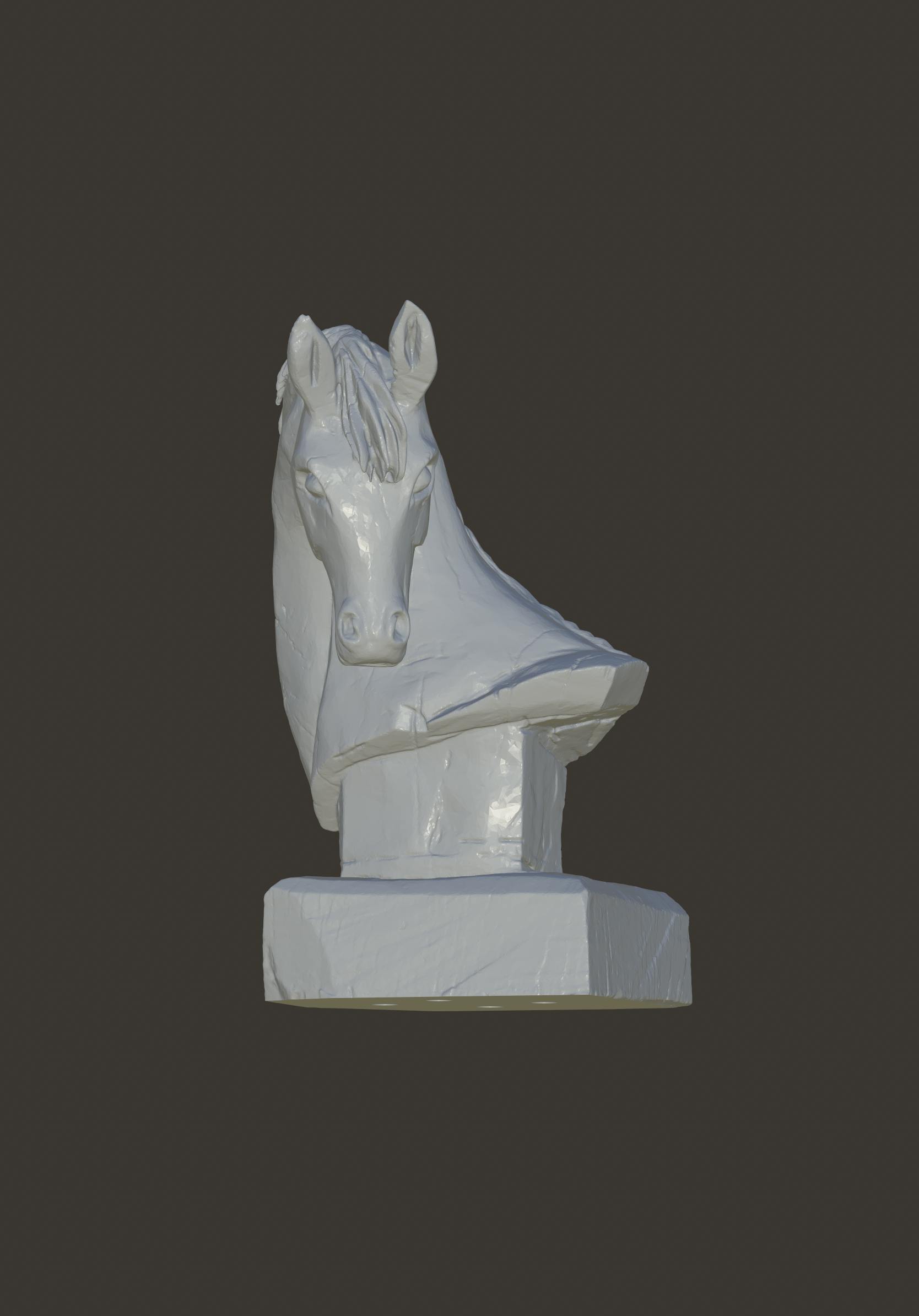
Comme des Garçons – Defying Fashion, Defining Culture
In a world where fashion often bows to seasonal trends, Comme des Garçons stands as a relentless disruptor — a brand that does not simply clothe the body, but challenges the very perception of what clothing should be. Since its inception in Tokyo in 1969 by visionary designer Rei Kawakubo, Comme des Garçons has transformed from a small, unconventional fashion label into a global symbol of intellectual rebellion, artistry, and unapologetic individuality.
The Philosophy of Anti-Fashion
Comme des Garçons’ DNA is rooted in a principle Kawakubo herself coined: “anti-fashion.” This is not an empty slogan; it is a philosophy that questions the entire system of fashion — its beauty ideals, its commercial pressures, its tendency to repeat itself. Kawakubo’s designs are often confrontational in their beauty, drawing the viewer into a conversation about the meaning of clothes beyond aesthetics.
The label is unafraid of asymmetry, deconstruction, exaggerated silhouettes, or unexpected textiles. A Comme des Garçons garment is never simply worn — it is experienced. Each piece asks the wearer and observer alike: What does beauty mean to you? And in that question lies the brand’s genius.
Breaking Boundaries Since Day One
When Comme des Garçons presented its first Paris show in 1981, the fashion world was unprepared. Models walked the runway in oversized, monochromatic garments, often distressed and seemingly unfinished, their faces bare of glamour. Critics at the time described it as “post-atomic fashion” — a radical departure from the polished opulence dominating the era.
What others saw as chaos, Kawakubo saw as truth: fashion should reflect the complexity of human existence — sometimes raw, sometimes imperfect, always evolving. This refusal to conform has been the heartbeat of Comme des Garçons for over five decades.
A Universe of Lines and Ideas
Comme des Garçons is not a single monolith but a galaxy of creative universes. Each diffusion line offers its own perspective, yet all orbit around Kawakubo’s avant-garde sun:
-
Comme des Garçons Homme Plus – Menswear reimagined through exaggerated proportions and conceptual tailoring.
-
Comme des Garçons Play – A more accessible line, known worldwide for its heart-with-eyes logo designed by Filip Pagowski, blending minimalism with a playful twist.
-
Comme des Garçons Shirt – A study in reinvention of the classic shirt, with unexpected cuts, prints, and combinations.
-
Comme des Garçons Noir, Girl, and Comme des Garçons Forever – Each exploring unique textures, moods, and narratives within the brand’s creative ecosystem.
These lines allow the Comme des Garçons philosophy to be interpreted across lifestyles, occasions, and generations — without ever diluting its essence.
Collaborations That Rewrite the Rules
Where many collaborations seek easy hype, Comme des Garçons partnerships are conceptual dialogues. From Nike sneakers transformed into architectural sculptures to Louis Vuitton monogram bags reimagined as anti-luxury statements, every collaboration retains the brand’s intellectual rigor.
Notable partnerships include:
-
Nike – Breaking sneaker norms with distorted proportions and unexpected textures.
-
Supreme – Streetwear infused with avant-garde spirit, creating pieces that became instant collector’s items.
-
Converse – The Comme des Garçons Play Chuck Taylor, a modern icon in casual fashion.
-
Gucci, Moncler, and Junya Watanabe – Each collaboration treated as an experiment, blending heritage with radical creativity.
Retail Spaces as Art Installations
Comme des Garçons stores are more than points of sale; they are immersive experiences. Kawakubo has long believed that the shopping environment should be as conceptually daring as the clothing. Flagship locations in Tokyo, Paris, London, and New York are designed like art installations, often rebuilt and reimagined entirely every few years.
Then there is Dover Street Market — founded by Kawakubo and her partner Adrian Joffe — a multi-brand retail concept that fuses fashion, art, and culture under one roof. Each DSM location is a curated wonderland where Comme des Garçons lives alongside emerging designers, experimental art pieces, and unexpected cultural objects.
The Art of the Runway
A Comme des Garçons runway show is not a parade of clothes — it is a performance piece. Models become characters; the runway becomes a stage. Shows often abandon traditional catwalk formats, opting for immersive environments, haunting music, and deliberately challenging pacing.
One season might feature monumental, almost sculptural dresses that render the human form unrecognizable. Another might strip everything down to raw simplicity, forcing attention onto subtle construction details. Every presentation is a visual essay — not just on fashion, but on culture, politics, identity, and existence itself.
Cultural Influence Beyond Fashion
Comme des Garçons’ reach extends far beyond the fashion sphere. The brand has inspired countless artists, filmmakers, musicians, and cultural commentators. In music videos, editorial shoots, and even museum exhibitions, Comme des Garçons garments appear not as costumes, but as symbols of defiance and creativity.
Major art institutions such as The Metropolitan Museum of Art have dedicated exhibitions to Kawakubo’s work, cementing her status as one of the most influential designers in history. Through her clothing, she has elevated fashion into the realm of conceptual art — a place where fabric and form are as thought-provoking as any sculpture or painting.
The Legacy of Rei Kawakubo
Few designers have maintained such a consistent commitment to innovation. Kawakubo rarely explains her collections, preferring to let the work speak — or provoke — for itself. This mystery has only deepened her allure, inspiring generations of designers to resist conformity.
Her leadership at Comme des Garçons is not about chasing mass appeal; it is about cultivating a loyal community of thinkers, creatives, and individualists who see fashion as a language for expressing the inexpressible.
A Brand for the Fearlessly Individual
Comme des Garçons is not for everyone — and it does not want to be. The brand exists for those who embrace the unconventional, who find beauty in asymmetry, who understand that clothing can be a manifesto. Wearing Comme des Garçons is not about fitting in; it is about standing apart, making a quiet yet undeniable statement.
In a marketplace crowded with fleeting trends, Comme des Garçons remains timeless in its refusal to compromise. Each collection is a reminder that true style is not about following the crowd — it’s about carving your own path, even if it’s one no one has walked before.
Conclusion
Comme des Garçons is more than a fashion label; it is an idea, a movement, a philosophy. It challenges norms, embraces imperfection, and celebrates the beauty of individuality. Under Rei Kawakubo’s unflinching vision, the brand has become a cultural landmark — one that will continue to inspire, confuse, and captivate for decades to come.





